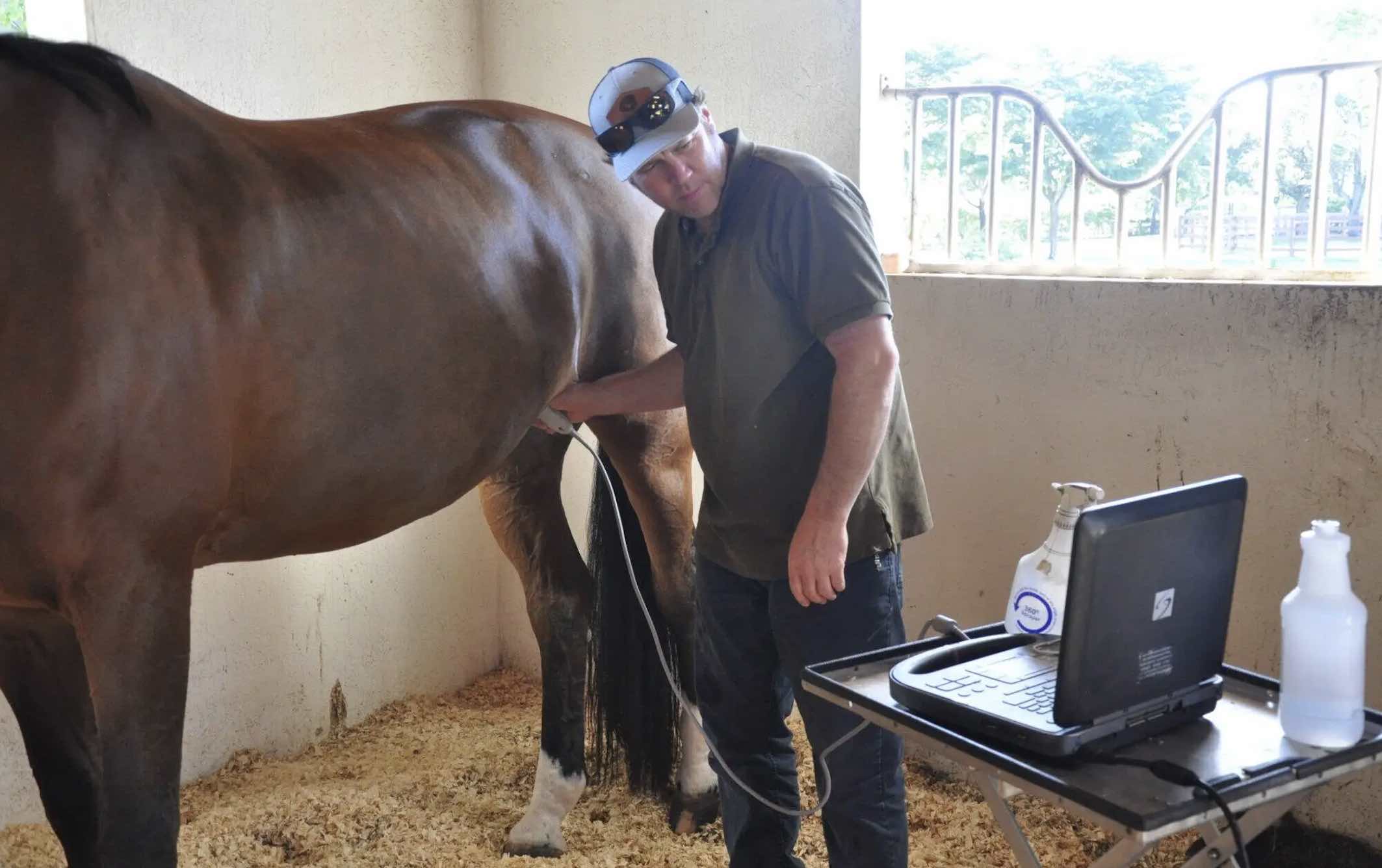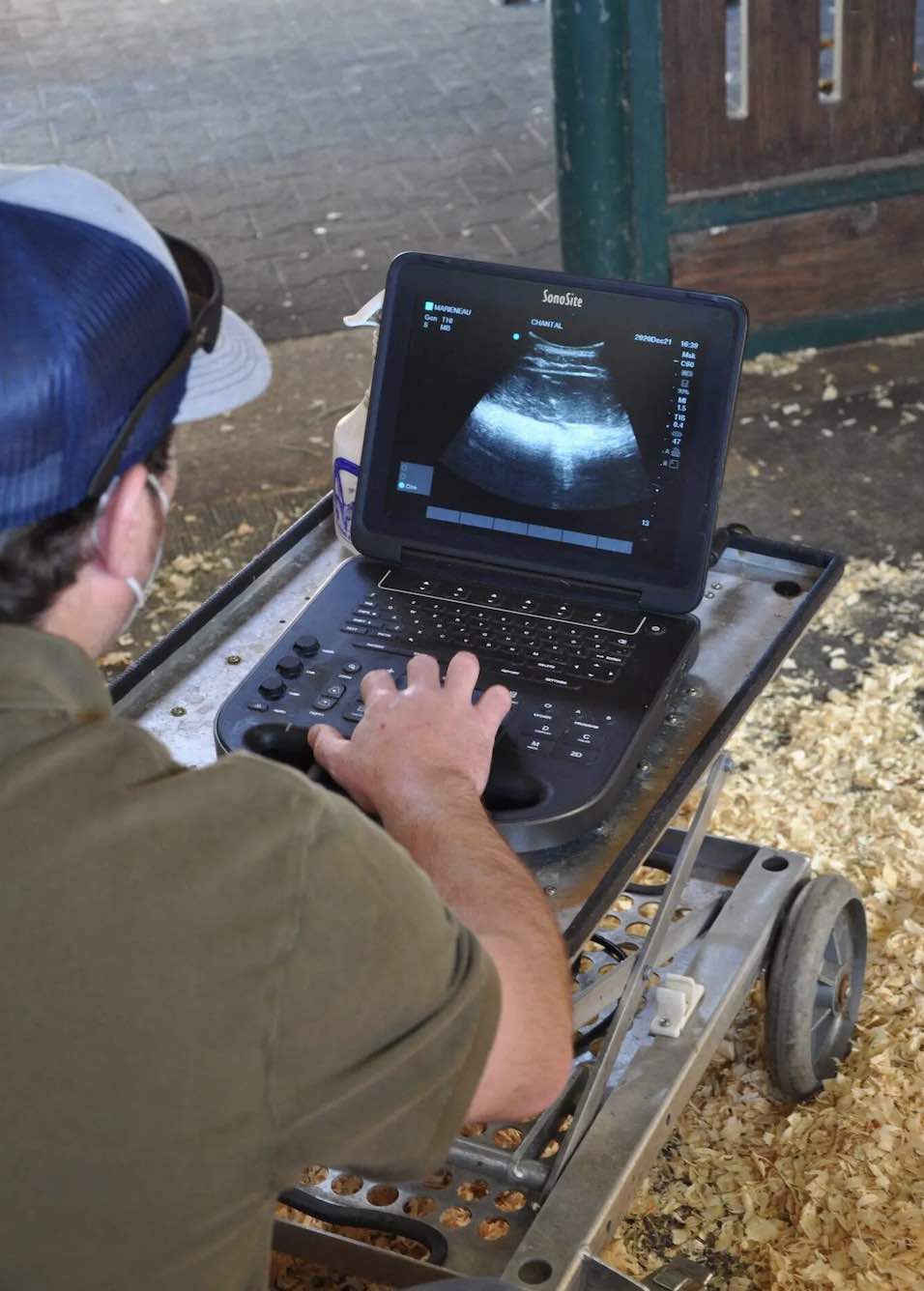
BarnManager Horse Health Series: How Environment Affects Equine Gut Health
Anyone who has equine experience is aware of the very real threat of losing a horse to colic or other gastrointestinal disease. Looking back on the history of equine death causes, colic still holds the same percentage as it did 20 years ago, standing firm as the second highest cause of death behind natural causes. The good news is that veterinarians and researchers have learned a lot in the last decade about the role of the equine gut microbiome on numerous health outcomes, including colic, maldigestion, dysbiosis, and more. Board-certified internal medicine specialist Dr. Peter Heidmann of Palm Beach Equine Clinic, in Wellington, FL, shares some of his extensive knowledge of the equine gut microbiome.
gastrointestinal disease. Looking back on the history of equine death causes, colic still holds the same percentage as it did 20 years ago, standing firm as the second highest cause of death behind natural causes. The good news is that veterinarians and researchers have learned a lot in the last decade about the role of the equine gut microbiome on numerous health outcomes, including colic, maldigestion, dysbiosis, and more. Board-certified internal medicine specialist Dr. Peter Heidmann of Palm Beach Equine Clinic, in Wellington, FL, shares some of his extensive knowledge of the equine gut microbiome.
The equine gut microbiome is an ecosystem composed of quadrillions of microbes, including bacteria, fungi, and even viruses that interact and coexist in the gastrointestinal tract and contribute to overall gut health and well-being. In equines, when the microbiome is disrupted in such a way that populations of beneficial bacteria and yeast have declined and/or populations of harmful pathogenic bacteria and yeast have increased, it is not unusual to see colic and colitis, laminitis, and other serious conditions.
Microbiome and Nutrition
“When we’re working to improve overall gastrointestinal (GI) health, we are basically trying to increase the population of ‘good bugs’ and crowd out the ‘bad bugs,” remarked Dr. Heidmann. The combination of probiotics, prebiotics, and diet are all key factors that influence what happens on the inside of a horse’s gut. According to Dr. Heidmann, a well-balanced diet is most important, but the sources of nutrients also play a huge role in promoting gastrointestinal health.
 Excessive amounts of starch-rich grains can reduce populations of healthy flora, decrease the types of bacteria that are present in the colon, and also promote overgrowth of unhealthy flora. In turn, overly homogenous populations limit a horse’s resilience to stress, dietary changes, and other unpredictable changes such as those in the weather.
Excessive amounts of starch-rich grains can reduce populations of healthy flora, decrease the types of bacteria that are present in the colon, and also promote overgrowth of unhealthy flora. In turn, overly homogenous populations limit a horse’s resilience to stress, dietary changes, and other unpredictable changes such as those in the weather.
Oats and other starch-rich grains cause increases in propionic acid-producing bacteria, while hay-only diets increase acetic acid-producing flora, and therefore promote more diverse and stable populations of beneficial bacteria and yeasts. On the flip side, feeding hay and no grain means the nutrients are being digested much more slowly and will promote more diversity and stability of flora populations.
“At the same time, some ‘good’ bugs are also decreased when a hay-only diet is fed, especially ones thatrely on easy-to-digest starchy grains,” noted Dr. Heidmann. “One type of organism, the Lachnospiraceae, is among the most prevalent type present in a healthy horse’s hindgut, and its population also diminishes when grain is not being fed.”
Ultimately, some easily digestible concentrate feeds promote healthy bacterial populations and release lots of energy quickly, yet it is fairly easy and risky to over-do the easily digestible feed. Not only do abrupt changes in diet increase the risk of upsetting a horse’s healthy microbiome, but feeds that are high in carbohydrates can also promote gas formation, lactic acidosis, and other types of colic. “Simply put, garbage in equals garbage out,” Dr. Heidmann explained.
Other Microbiome Stressors
Aside from what goes into the horse, other factors can determine the behavior of the microbiome and the overall functionality of the gut. Genetic makeup almost certainly plays a role in the way organisms manage the nutrients going in and, in turn, impacts the horse. Stress is another significant factor that has a relationship with the gut, though it remains difficult to draw clear lines of “cause and effect” when studying all the ways stress affects a horse’s gut health.

It is common knowledge among trainers that horses with anxious, “stressed-out” personalities seem prone to developing stomach ulcers. Separate from stress caused by riding, changes in surroundings, or even changing stablemates can make a difference in the organisms in a horse’s gut. Even when the feeding program remains consistent, a change in workload or their neighboring stall-mate invites stress and can promote ulcers.
“The relationship between stress and gut health isn’t as simple as a cause-and-effect relationship, where stress leads to a direct change in the behavior of the bugs, or where a change in flora directly increases a horse’s stress levels,” explained Dr. Heidmann. “It is a complex, dynamic interaction; it’s a constant feedback loop.”
It is difficult enough to separate cause from effect when looking at the relationships between gastrointestinal flora and factors like diet, exercise, pre-and probiotics, or supplemental digestive enzymes. Explaining the relationship between a horse’s behavior and their GI flora is inherently subjective, and therefore even more difficult to confirm.
Still More To Learn
Veterinary science and research still have a long way to go to draw firm associations between illness and the microbiome. According to Dr. Heidmann, “It’s not known yet if the disease is the cause of the change in microbiome flora or if it is the result of a change in the flora, but for sure there is a strong relationship between these things. For now, we don’t yet know if the horse has an unusual balance of organisms because of its problems with chronic colic, or if it is the reverse: that the colic is rooted in an unusual balance of GI organisms.”
In the interim, a consistent regime of diet and exercise, where the workload is tailored to the horse’s skillset and stage of training, remains the best way to minimize risk and promote healthy GI flora. “Prebiotics and probiotics and other micronutrients are sometimes necessary,” said Dr. Heidmann, “but the most important things remain hay and sunshine, water and exercise, and consistency most of all.”
For a more in-depth explanation of how the environment affects horses’ gut health, click HERE to read the full article from Palm Beach Equine Clinic.
NOTE: These guidelines are only suggestions, and you should always follow the specific instructions from your veterinarian.